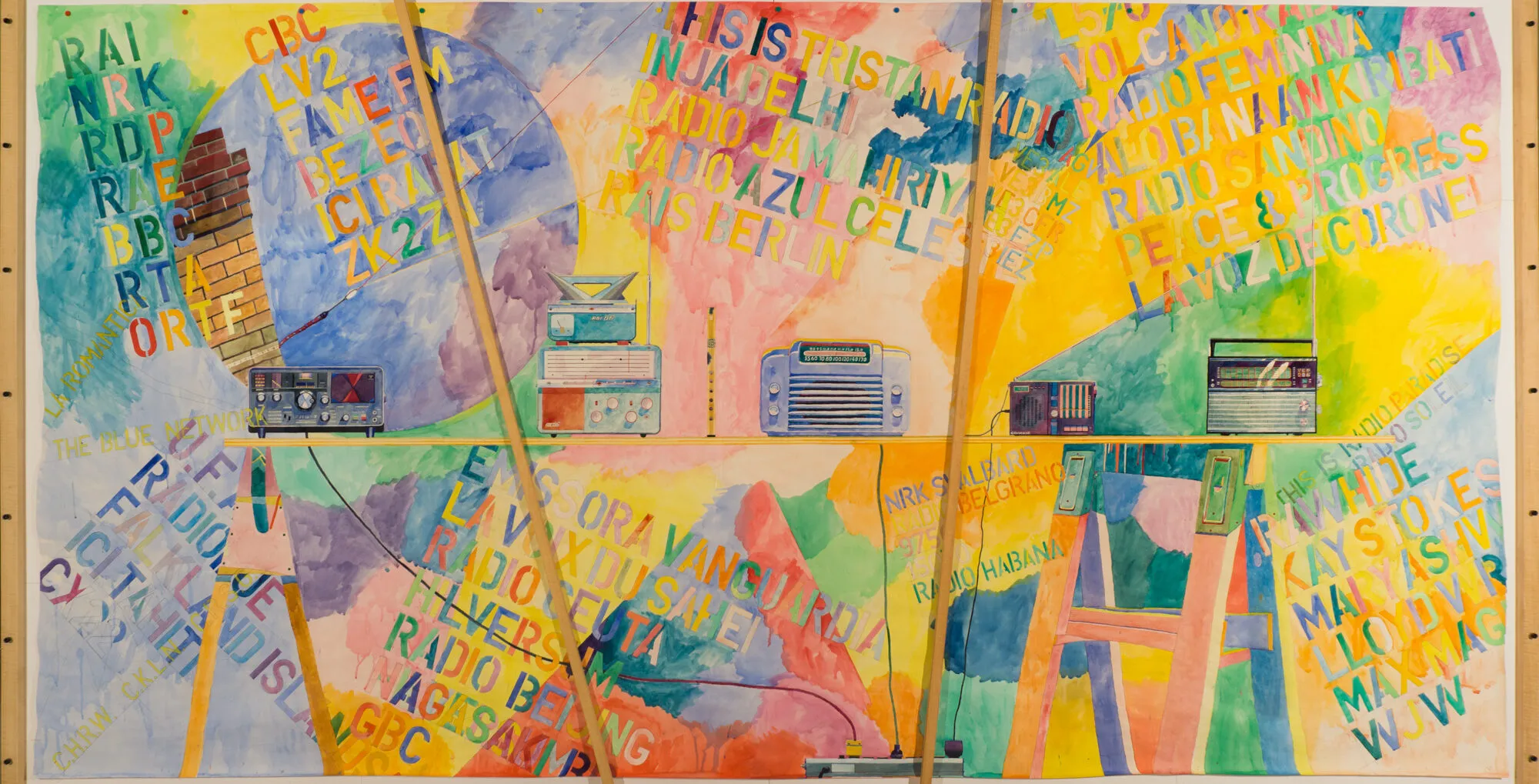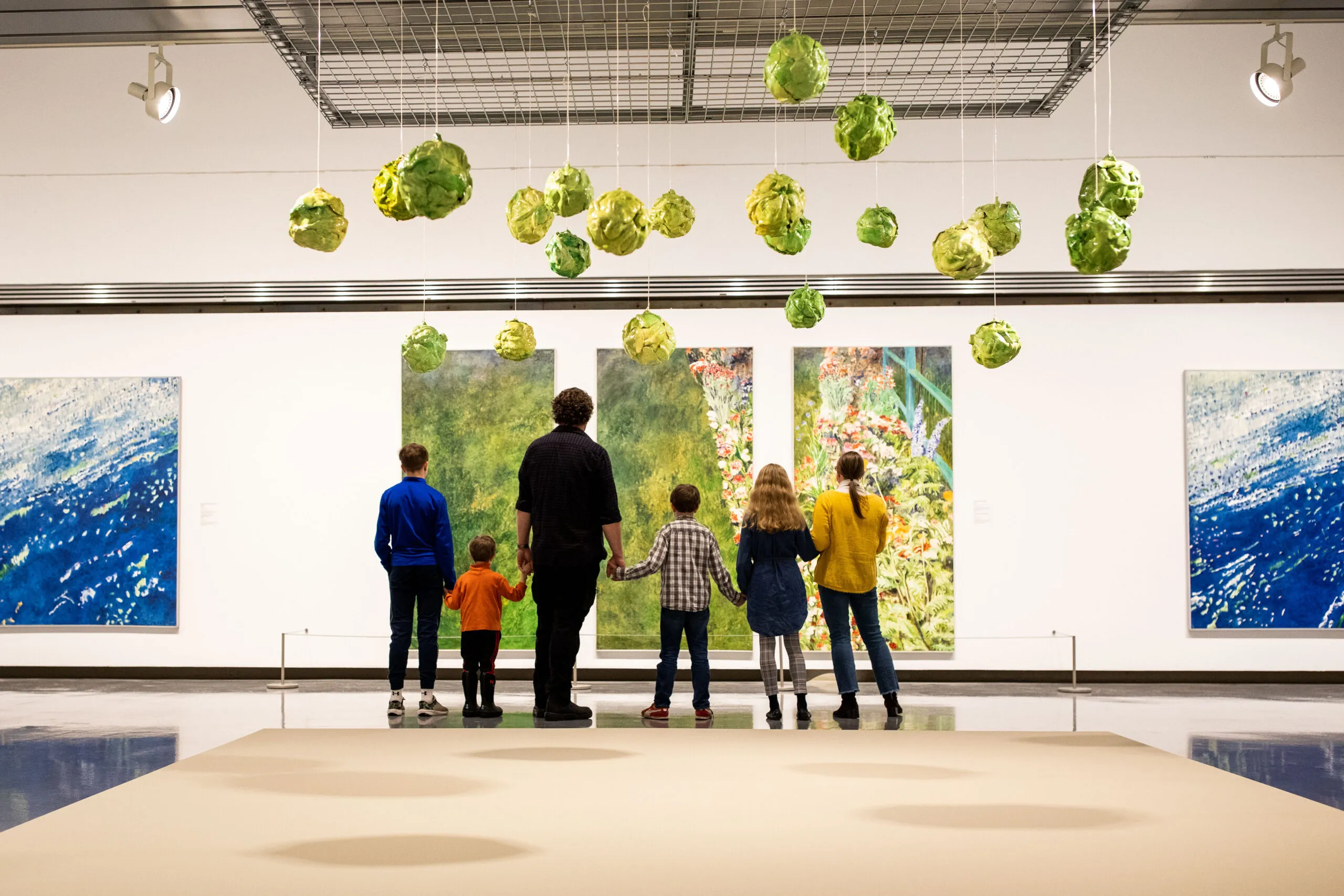This exhibition celebrates the rich artistic output of London from its earliest days as a city in the mid-1800s through to today.
This exhibition celebrates the rich artistic output of London, Ontario from its earliest days as a city in the mid-1800s through to today. Sampling historical and contemporary offerings, selected highlights will draw from Museum London’s rich collection of regional art. Presented in three parts, the exhibition begins with a survey of noteworthy creations from 1867 through to the 1950s, featuring works by familiar and well-known local painters from London’s storied past including F.M. Bell Smith, W.L. Judson, Paul Peel, James Griffiths, Florence Carlyle, Eva Bradshaw, Albert Templar and more.
The middle portion of the exhibition features a selection of artworks by artists who gave rise to London Regionalism, the art movement of the late 1950s and 1960s sparked by local practitioners who championed their home as the centre and subject of creative activity. By the late 1960s, the movement became an object of interest for Canadian art critics, notably art historian Barry Lord, whose 1969 Art in America article acclaimed London as “the most important art centre in Canada and a model for artists working elsewhere, the site of ‘Canada’s first regional liberation front.’” Locally, Regionalism created the fertile ground from which post-secondary art programs at Fanshawe and Western sprang, and spurred the organization of activist ventures such as the establishment Canadian Artists Representation, the artist union which continues to organize and advocate on behalf of artists across Canada today.
The exhibition concludes with notable works by contemporary artists that continue to capture and reflect on London, and the region, as the subject and inspiration for their work.

